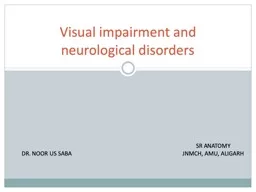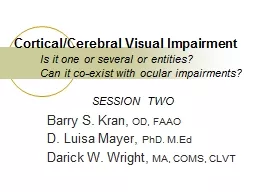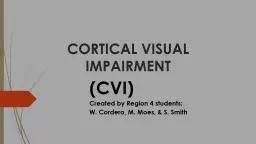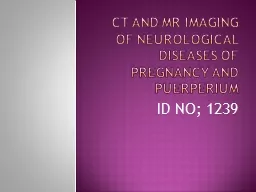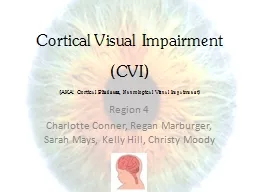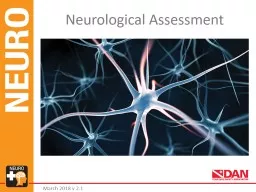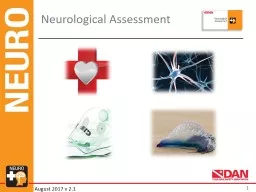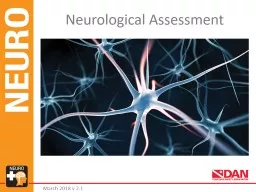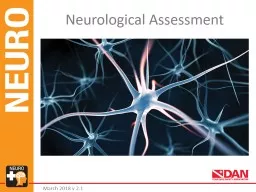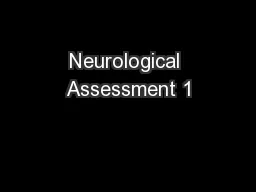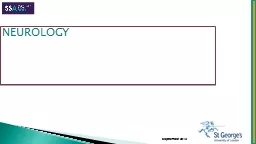PPT-Visual impairment and neurological disorders
Author : jalin | Published Date : 2022-06-07
SR ANATOMY JNMCH AMU ALIGARH DR NOOR US SABA Vision loss approach Mono ocular or binocular Transient progressive or non progressive Sudden onset or gradual onset
Presentation Embed Code
Download Presentation
Download Presentation The PPT/PDF document "Visual impairment and neurological disor..." is the property of its rightful owner. Permission is granted to download and print the materials on this website for personal, non-commercial use only, and to display it on your personal computer provided you do not modify the materials and that you retain all copyright notices contained in the materials. By downloading content from our website, you accept the terms of this agreement.
Visual impairment and neurological disorders: Transcript
Download Rules Of Document
"Visual impairment and neurological disorders"The content belongs to its owner. You may download and print it for personal use, without modification, and keep all copyright notices. By downloading, you agree to these terms.
Related Documents

